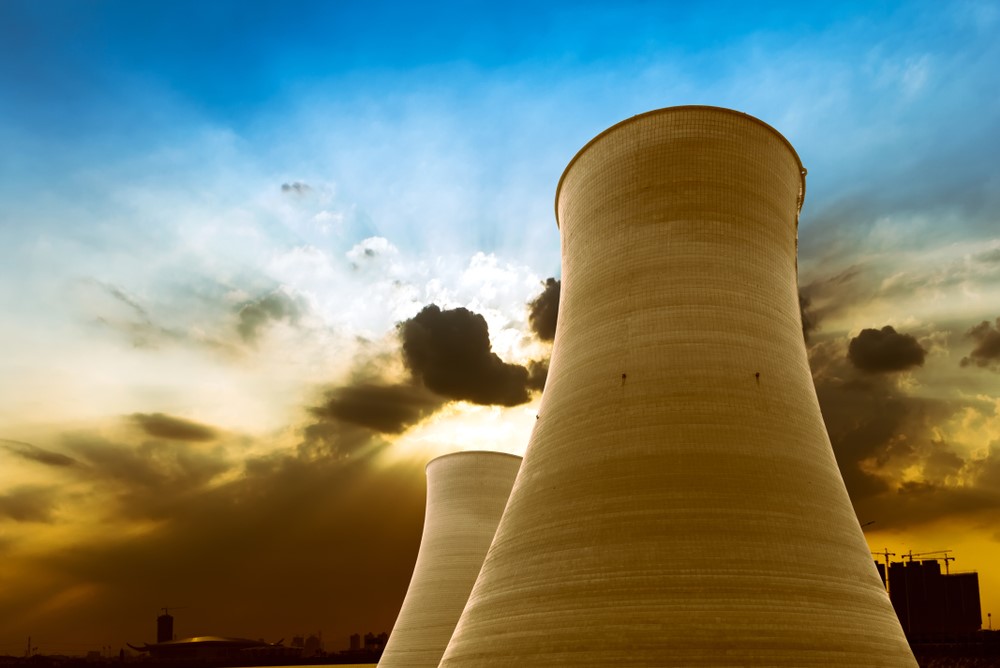In my last two columns, we’ve discussed how abundant, affordable and reliable energy is vital to human flourishing.
It’s enabled the industrialization that has slashed poverty, fed billions and created widespread prosperity.
Yet I regularly hear folks claim that the Earth is running out of oil and gas and that our fossil-fueled civilization is “unsustainable.”
If we were truly running out of oil and gas, you might reasonably wonder why they are both far cheaper than they were a few years ago.
(These folks seem unaware that technological innovations like horizontal drilling and hydraulic fracturing have greatly increased the available supply.)
Despite the growing global economy, a major factor is reducing the price and total demand for energy. It’s called dematerialization.
Technological progress allows us to do more with less.
For example, mobile phones don’t require thousands of miles of telephone poles and wires. The digital revolution replaced crates of records and CDs with an MP3 player, and shelves full of books with a single tablet.
Many people now prefer to read magazines and newspapers online. And a terabyte of storage makes a 10-ream box of paper obsolete.
And consider all the material devices that have been replaced by your smartphone: telephone, answering machine, phone book, Rolodex, camera, camcorder, radio, alarm clock, calculator, dictionary, street maps, compass, flashlight, fax machine and thermometer, to name just a few.
Thanks to gains in efficiency and emission control, the modern world is also decarbonizing.
Western countries have learned how to get the most energy with the least emission of greenhouse gases.
As we climbed the energy ladder from wood to coal to oil to gas, the ratio of carbon to hydrogen in our energy sources fell steadily.
As a result, fewer cities are now shrouded in a smoggy haze.
Urban waterways that had been left for dead – Puget Sound, Chesapeake Bay, Boston Harbor, Lake Erie and many others – have been recolonized by birds, fish, marine mammals and intrepid swimmers.
For decades, ecologists have told us that environmental protection requires smaller populations and slower economic growth.
In fact, just the opposite is true. The wealthiest countries have the cleanest environments. And as the poor ones get wealthier, they get cleaner too.
Turns out that environmental problems, like other problems, are solvable.
One of the greatest challenges facing humanity, however, is that we dump 38 billion tons of carbon dioxide into the atmosphere each year.
Fossil fuels provide 86% of the world’s energy, powering our cars, trucks, planes, ships, tractors, furnaces and factories, in addition to most of our electricity plants.
Eco-pessimists claim that we need to shrink the world economy and reduce our standard of living to meet the challenge.
Hardly.
People will never want to give up prosperity and return to poverty.
That means we will almost certainly see a significant return to nuclear energy.
Yes, nuclear power has gotten a bad rap in the wake of the Three Mile Island, Chernobyl and Fukushima disasters.
But the latest nuclear reactors are smaller, cheaper and far safer than the old ones. Plus, they have a lower carbon footprint than solar, hydro and biomass-generated power.
There is no credible path to reducing global carbon emissions without an enormous expansion of nuclear power.
It is the only low-carbon technology with the capability to generate large quantities of centrally generated electric power.
The Deep Decarbonization Pathways Project, a global consortium of energy research teams charting practical pathways to deeply reduce greenhouse gas emissions, estimates that the U.S. will have to get between 30% and 60% of its electricity from nuclear power by 2050.
If you’re an investor, you know this spells opportunity.
And in my next column, I’ll describe some of the best of them with the most upside potential.
Good investing,
Alex
